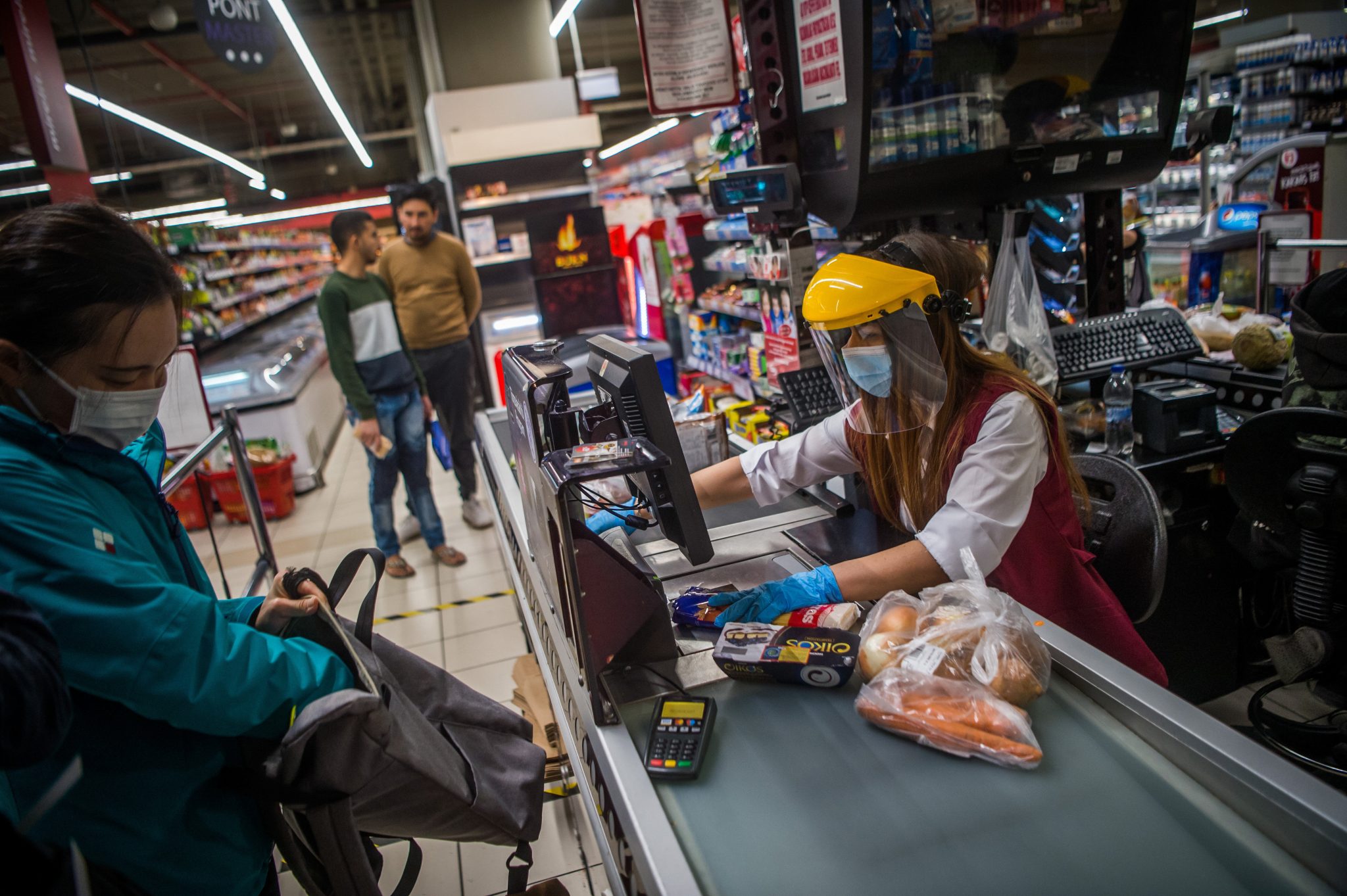
The Central Bank focused on preserving the stability of the Hungarian economy and jobs, as well as on laying the foundations for a rebound once the crisis has passed, Matolcsy said.Continue reading

Consumer prices in Hungary rose by an annual 6.5 percent in October, up from 5.5 percent in the previous month, the Central Statistical Office (KSH) said on Tuesday.
Driven by higher cigarette, spirits, and vehicle fuel prices, CPI is at the highest level in years and well outside of the 2-4 percent tolerance band of the National Bank of Hungary (NBH).
The October data show spirits and tobacco prices rose by 11.3 percent, lifted by a 17.6 percent increase in tobacco prices.
Prices in the category of goods that includes vehicle fuel climbed 13.0 percent as vehicle fuel prices jumped by 30.7 percent.
Food prices increased by 5.2 percent, household energy prices edged up 0.6 percent, consumer durable prices rose by 5.4 percent, clothing prices increased by 0.9 percent, and services rose by 3.7 percent.
Harmonized for better comparison with other European Union member states, CPI stood at 6.6 percent.
Core inflation, which excludes volatile food and fuel prices, was 4.7 percent.
CPI calculated with a basket of goods and services used by pensioners stood at 5.7 percent.
In a monthly analysis released after the publication of the KSH data, the National Bank of Hungary (NBH) said the rise in inflation in October was “primarily fueled by an increase in fuel, industrial goods, and food prices”. It noted that fuel prices contributed 1.9 percentage points to headline inflation.
The NBH’s measure of core inflation excluding indirect tax effects – a bellwether indicator of underlying inflation – rose to 4.7 percent in October from 4 percent in the previous month.
The central bank’s indicator for demand-sensitive inflation, which excludes processed foods from core inflation, increased to 4.7 percent from 4.1 percent.
The NBH said the indicators measuring households’ inflation expectations “showed unusually high volatility” but were “unchanged relative to the previous month”. It added that their value is above the central bank’s tolerance band.
At a monthly policy meeting in October, National Bank of Hungary (NBH) rate-setters ditched the baseline scenario in the central bank’s quarterly Inflation Report, published in September, agreeing that the inflation path had shifted to a risk scenario assuming a “persistently elevated external inflation environment”.
The policymakers said inflation “would remain elevated over a longer period” and that achieving the inflation target “may be delayed” compared to the projection in the September Inflation Report, the minutes from the meeting showed.
Analysts told MTI that inflation surprised on the upside.
Gergely Suppan of Takarékbank noted inflation was largely fuelled by higher food and durable goods prices.
Péter Virovácz of ING Bank said the low base was not the sole explanation for the stand-out figure as CPI rose by 1.1 percent on a monthly basis. In addition to the rise in fuel prices, he said food, services, and consumer durables all had a big part to play in the outsized inflation data.
Gábor Regős of pro-Fidesz Századvég Gazdaságkutató said the big rise in fuel prices pushed up inflation, but given the development of world oil prices, this was to be expected. But food and services caught expectations off guard, though higher energy prices due to Europe’s energy shortage may be reflected in the prices of various products, he added.
Featured photo illustration by Zoltán Balogh/MTI